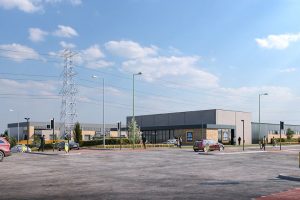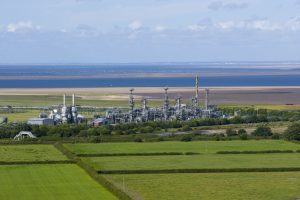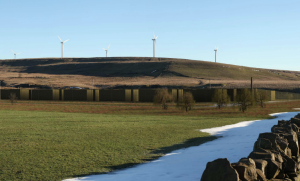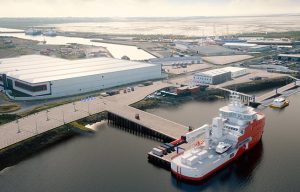Oil refinery commissions UK’s first hydrogen-ready furnace at Stanlow site
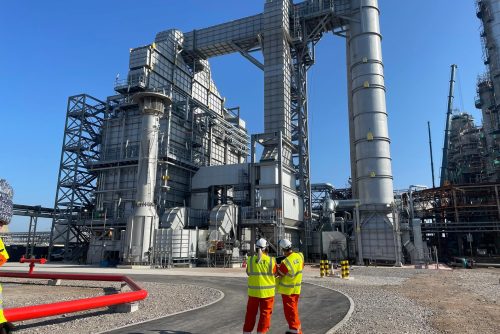
EET Fuels – the trading name of Essar Oil (UK) – has completed the installation and connection of its new hydrogen-ready furnace for its refinery system at its Stanlow site in Ellesmere Port, Cheshire.
The company, which provides jet fuel for several major Northern airports, plans to create the world’s leading low carbon process refinery.
Following delivery at the Stanlow site in August 2022, the hydrogen-ready furnace is now fully operational and will be capable of running on 100% refinery off gas (ROG), a blend of ROG and hydrogen fuel, or 100% hydrogen.
The furnace will be conventionally fuelled until 2028, when it will transition to using 100% low-carbon hydrogen, produced by EET Hydrogen’s HPP1 plant.
HPP1 is the UK’s first large scale low carbon hydrogen production plant, located at the heart of the HyNet decarbonisation cluster and will be connected to the Liverpool Bay CO2 transport and storage system which reached financial close last week.
Installation of the hydrogen-ready furnace significantly progresses EET Fuels’ ambition to eliminate 95% – around two million tonnes of carbon dioxide a year – of its carbon emissions by 2030.
It will improve the Stanlow site’s air quality, significantly reducing NOX emissions, and its energy efficiency, reducing the refinery’s annual CO2 emissions by c.16,600 tonnes when using conventional ROG fuel, and c.200,000 tons when fuelled by low carbon hydrogen.
The new furnace consumes around 10% of Stanlow refinery’s total energy usage and will replace three existing furnaces.
Refinery furnaces are critical for heating crude oil and other feedstocks to separate and purify the crude to produce different products.
Deepak Maheshwari, EET Fuels CEO, said: “Decommissioning three old furnaces and connecting this new highly efficient hydrogen-ready furnace to our refinery is a significant milestone for EET Fuels.
“Not only will the new furnace deliver an immediate reduction in CO2 emissions, it will deliver an even bigger reduction once fully powered with low carbon hydrogen. It’s a major milestone in the delivery on our decarbonisation strategy.”

